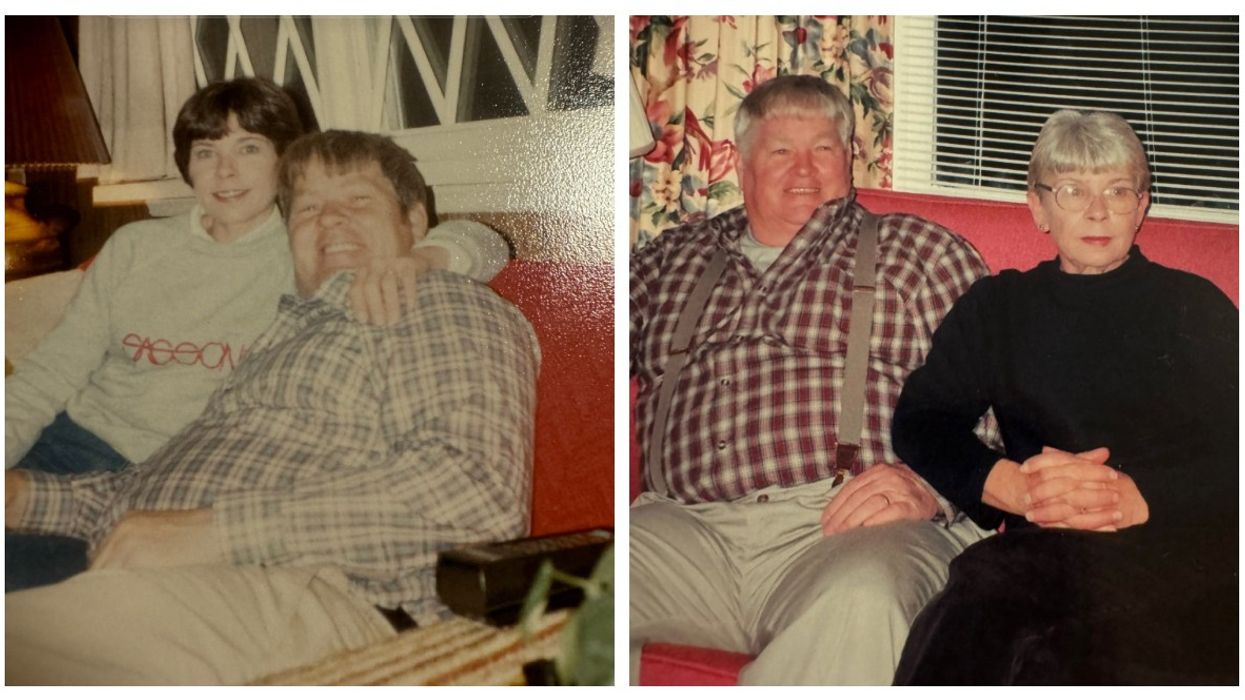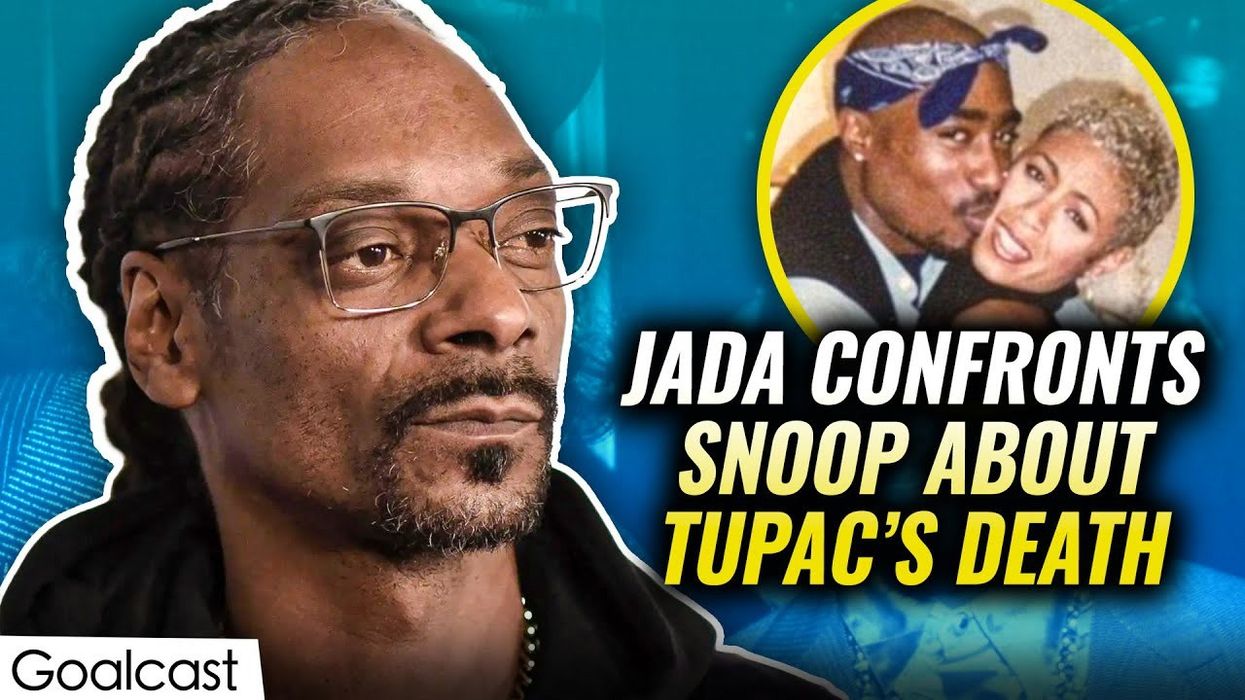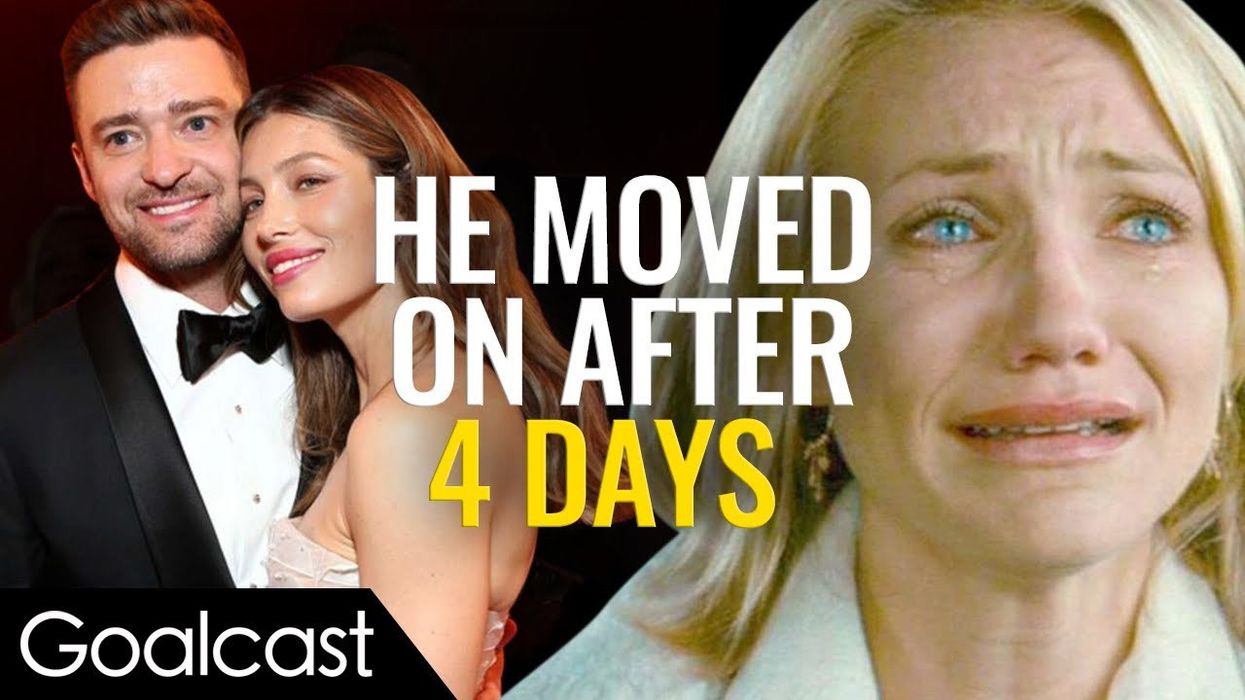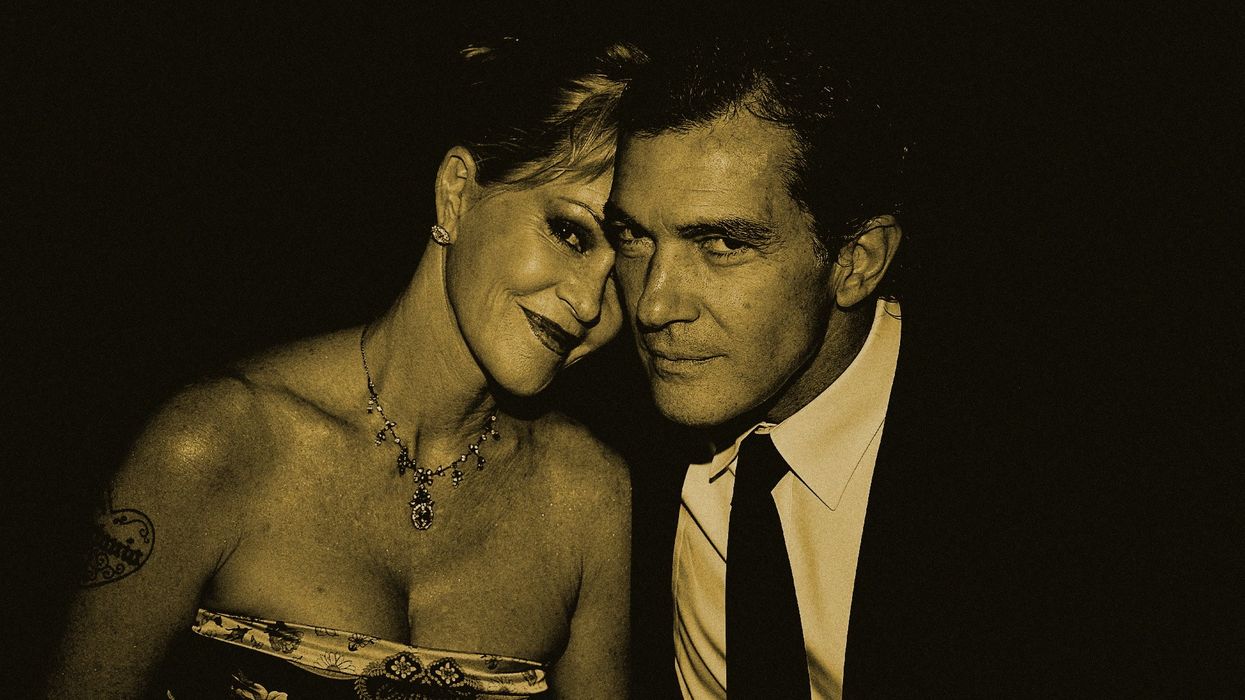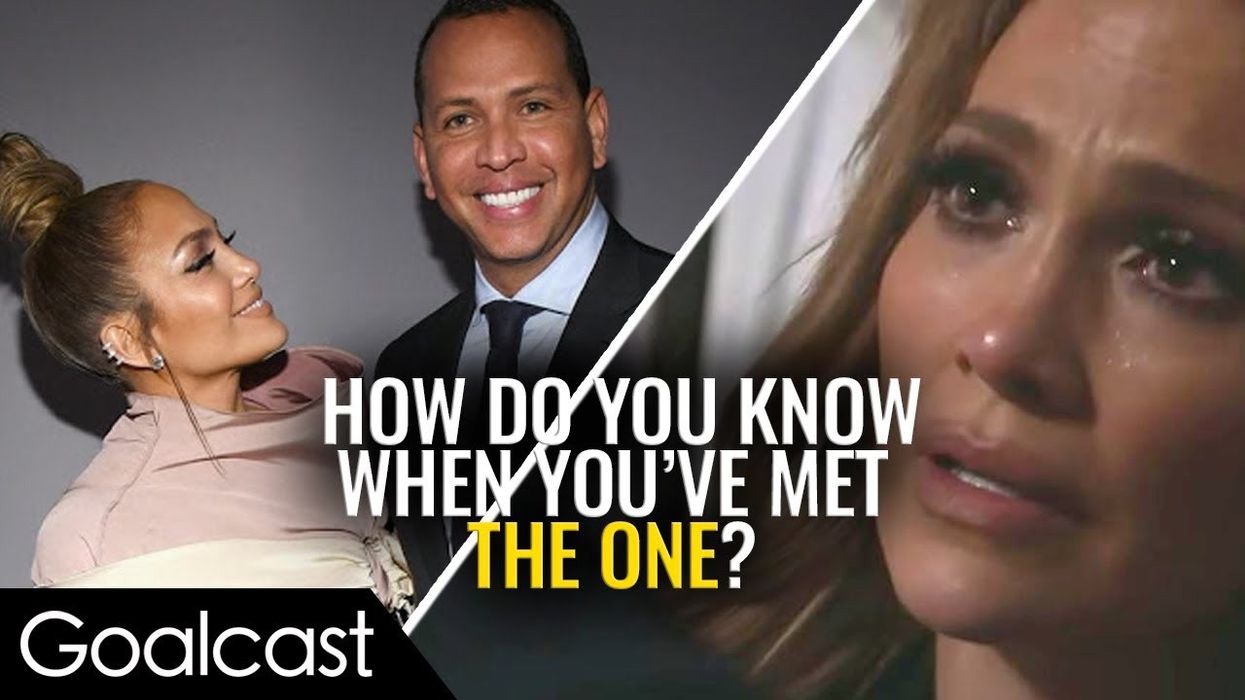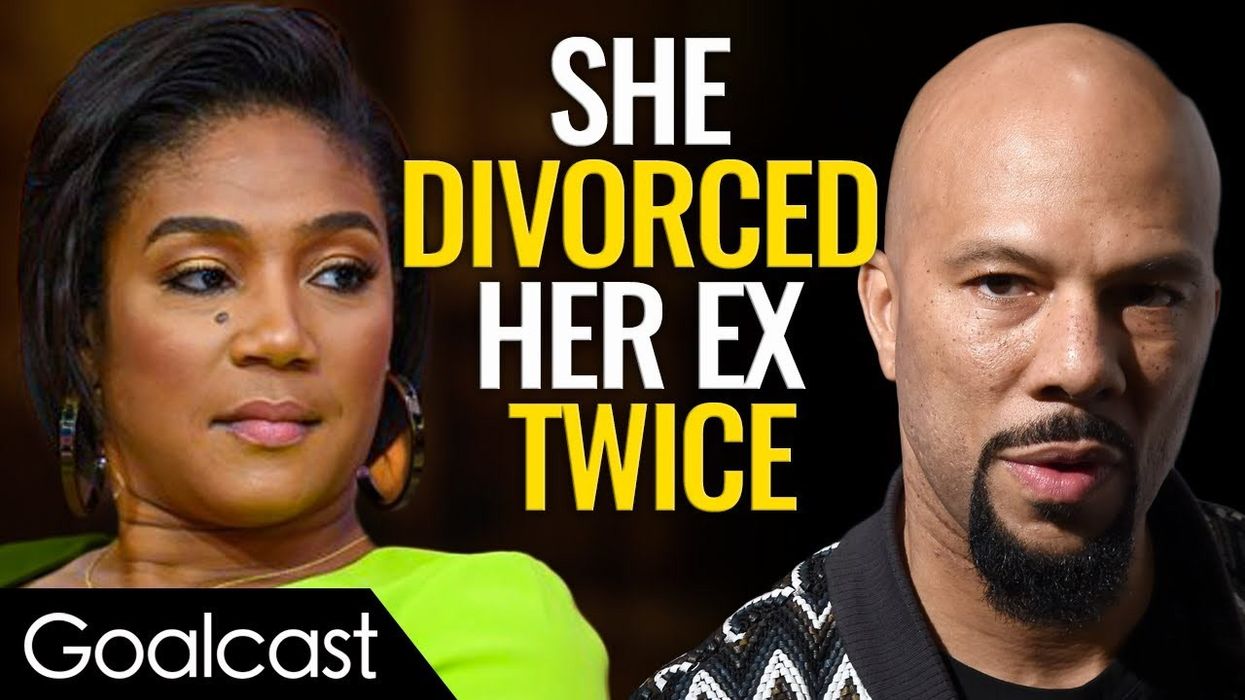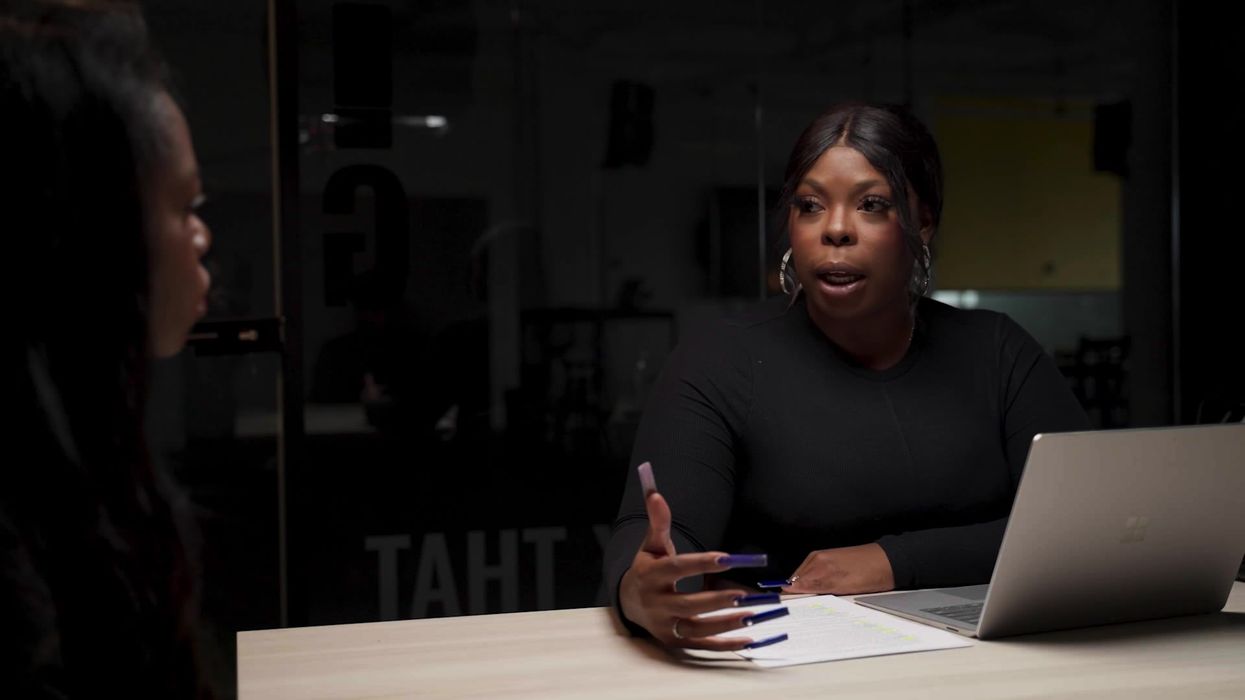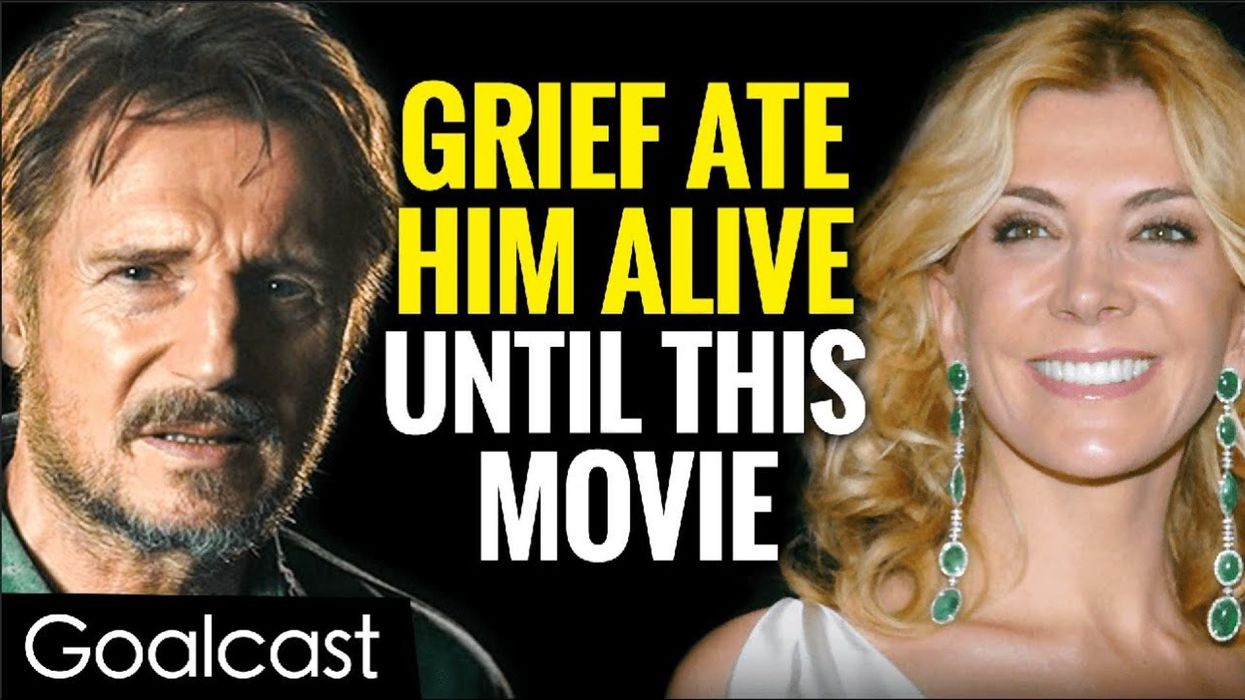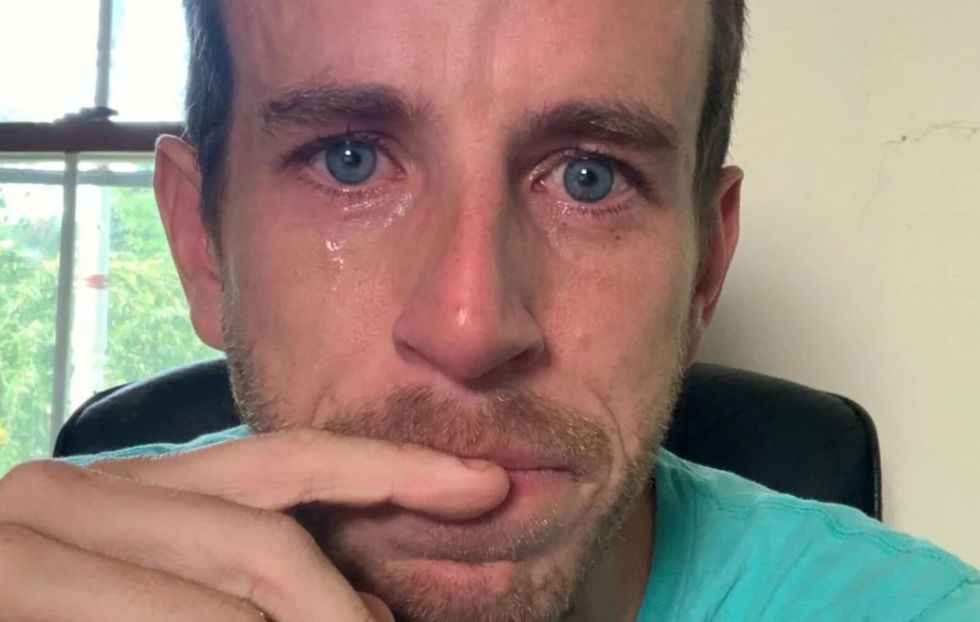
Crying CEO: The Truth Behind the Viral Selfie and Its Immediate Backlash
Was it virtue signaling, or genuine empathy?
On June 6th, 1944, allied troops stormed the beaches of Normandy, France, and soon secured a foothold on the European continent that would see them push back and, with support of the Soviets coming eastward, defeat Nazi Germany. The success of the landings was hardly certain, and knowing failure was a possibility, on the eve of the attack, the Supreme Commander of the allied forces, General Dwight Eisenhower, drafted a brief but profound letter. Per Business Insider, it read, in full:
“Our landings in the Cherbourg-Havre area have failed to gain a satisfactory foothold and I have withdrawn the troops. My decision to attack at this time and place was based upon the best information available. The troops, the air and the Navy did all that Bravery and devotion to duty could do. If any blame or fault attaches to the attempt it is mine alone."
RELATED: Serena Williams Proves You Don’t Have To Change Anything About Yourself To Find Love
In that pithy 65-word note, Eisenhower fully accepted the realities of the situation, made no excuses, and took the blame. Fortunately for him and for all of humanity, it was never needed and, for many years, was unknown. Earlier this week, Braden Wallake, the CEO of a business-to-business marketing agency called HyperSocial, made a different sort of letter very public indeed when he posted it to the work-centric social media platform LinkedIn. Also, unlike Gen. Eisenhower, Wallake also made public a picture of himself that would immediately have him dubbed the Crying CEO.
What Was the Crying CEO’s Letter About?

The emotional letter and accompanying image Wallake’s tear-streaked face were a result of several layoff’s the executive had been recently compelled to make.
Per The Independent, the letter read in part: “This will be the most vulnerable thing I’ll ever share. I’ve gone back and forth whether to post this or not. We just had to layoff [sic] a few of our employees. I’ve seen a lot of layoffs over the last few weeks on LinkedIn. Most of those are due to the economy, or whatever other reason. Ours? My fault.”
RELATED: 16 Jordan Peele Quotes on Creativity and Diversity
So Wallake does take the blame, as per the vaunted WWII general, but right out of the gate he made the post about himself, not about the now jobless former workers. He then went on to semi-deflect some of the blame for the firings, writing: “I made a decision in February and stuck with that decision for far too long. Now, I know my team will say that ‘we made that decision together,’ but I lead us into it. And because of those failings, I had to do today, the toughest thing I’ve ever had to do.”
The CEO goes on to, in as many words, declare that he has a good heart and does not care only about money and wished there were anything else he could have done, and in saying all these things and in sharing the emotional image, he sealed his fate as a lightning rod for mockery and ridicule.
Was Brandon Wallake Virtue Signaling?

Within hours, the Crying CEO post had gone viral and it has now received tens of thousands of comments. Some support the ostensibly shaken CEO, but most deride him, with posters saying he is being narcissistic, self-absorbed, tone deaf, and that he is virtue signalling, which is described by Oxford Languages as: “The action or practice of publicly expressing opinions or sentiments intended to demonstrate one's good character or the moral correctness of one's position on a particular issue.”
Here’s the thing: taken objectively, this man’s words seem genuine, and he has even received support and praise from one of the former HyperSocial employees so recently laid off. The issue is not how the CEO felt or how emotionally fraught the move was for him, how and where he chose to speak about it all.
Perhaps a better approach, assuming Mr. Wallake’s sentiments were entirely genuine – and we are taking him at his word – would have been to share them only with his employees, both those who were let go and those who remained. Had his picture and post still made it into the public eye, shared out by someone else instead of by Wallake himself, perhaps he would have been met with an outpouring of support instead of all the derision.
The very public nature of the Crying CEO post and its subsequent backlash can serve as a warning for others who are struggling to find a balance between authenticity and professionalism. The lesson here may well be to go ahead and express your true emotions – CEOs and other top-level executives are still human beings, after all – but to pick your forum carefully, and to try not to make the forum the latter-day equivalent of the public square.













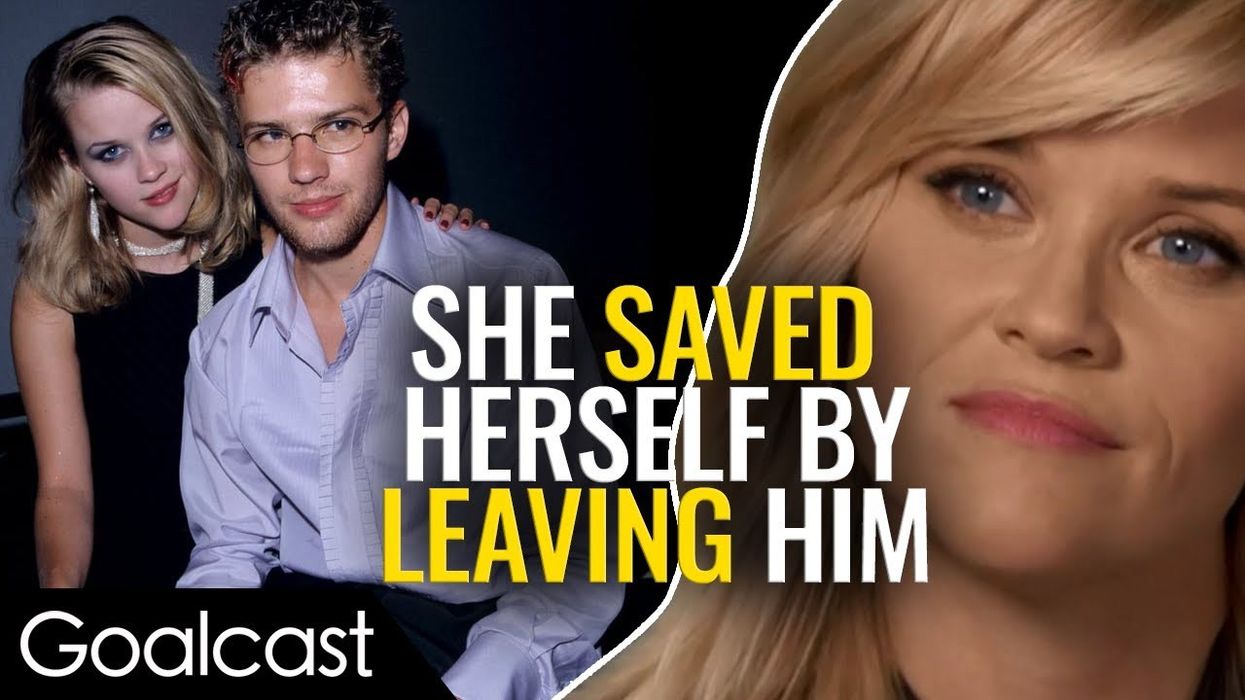


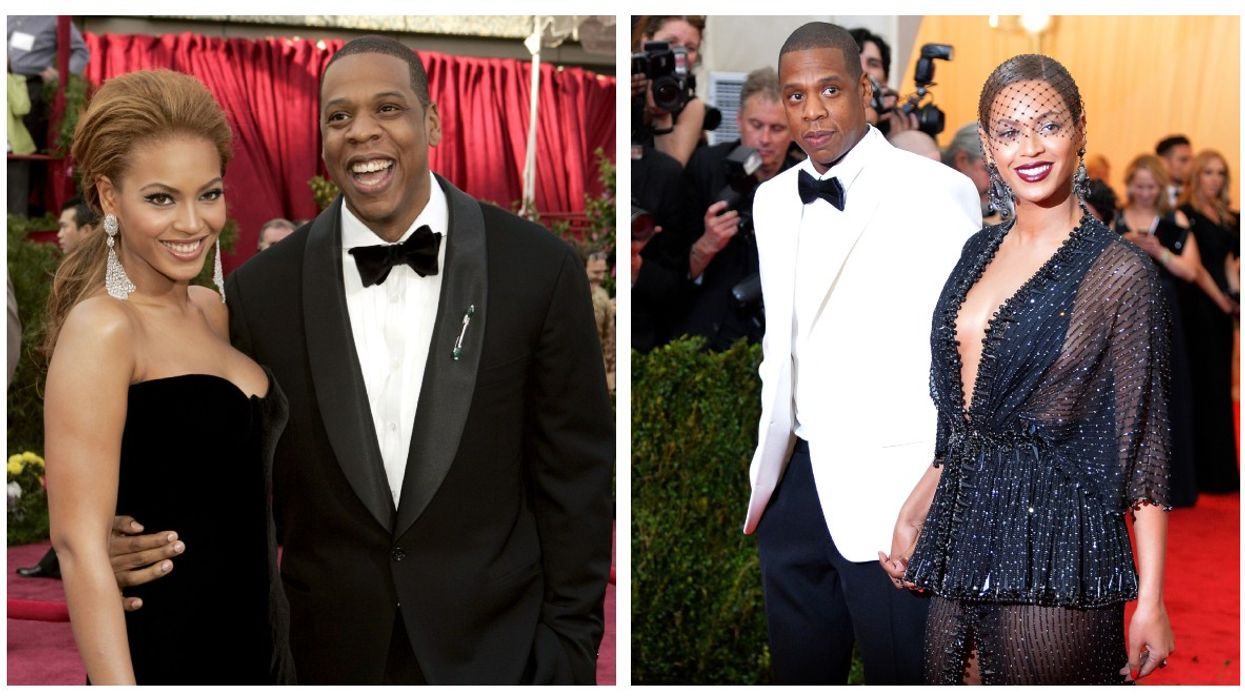
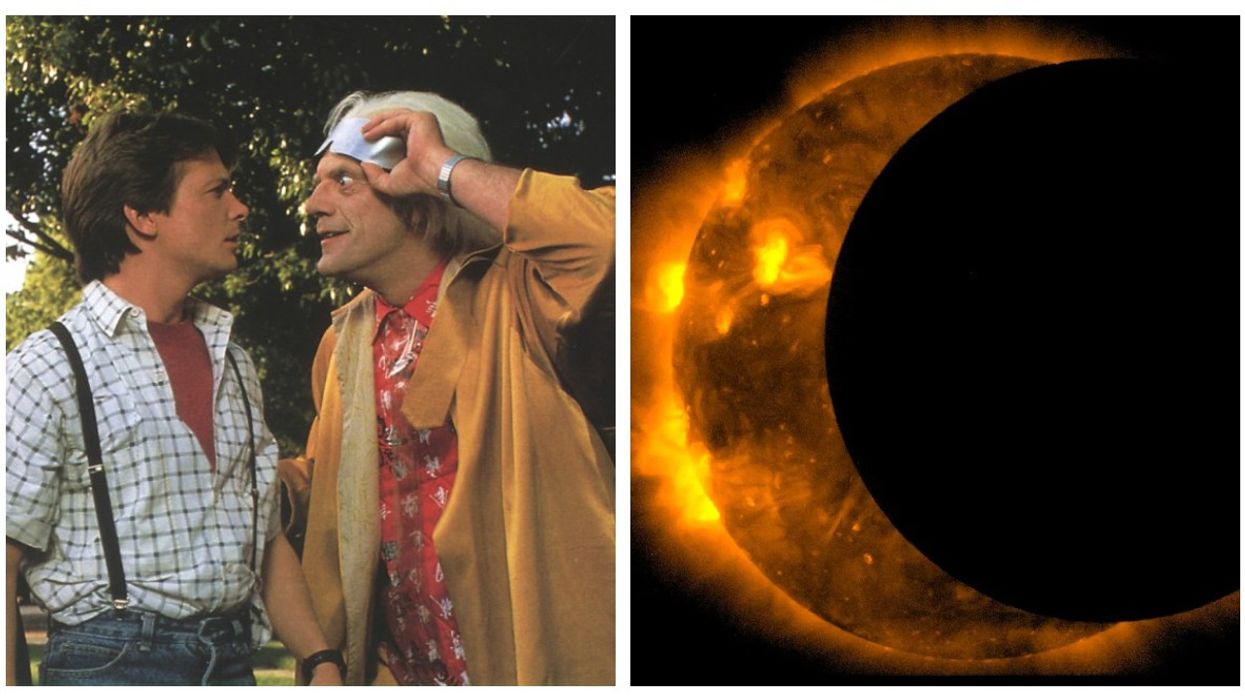
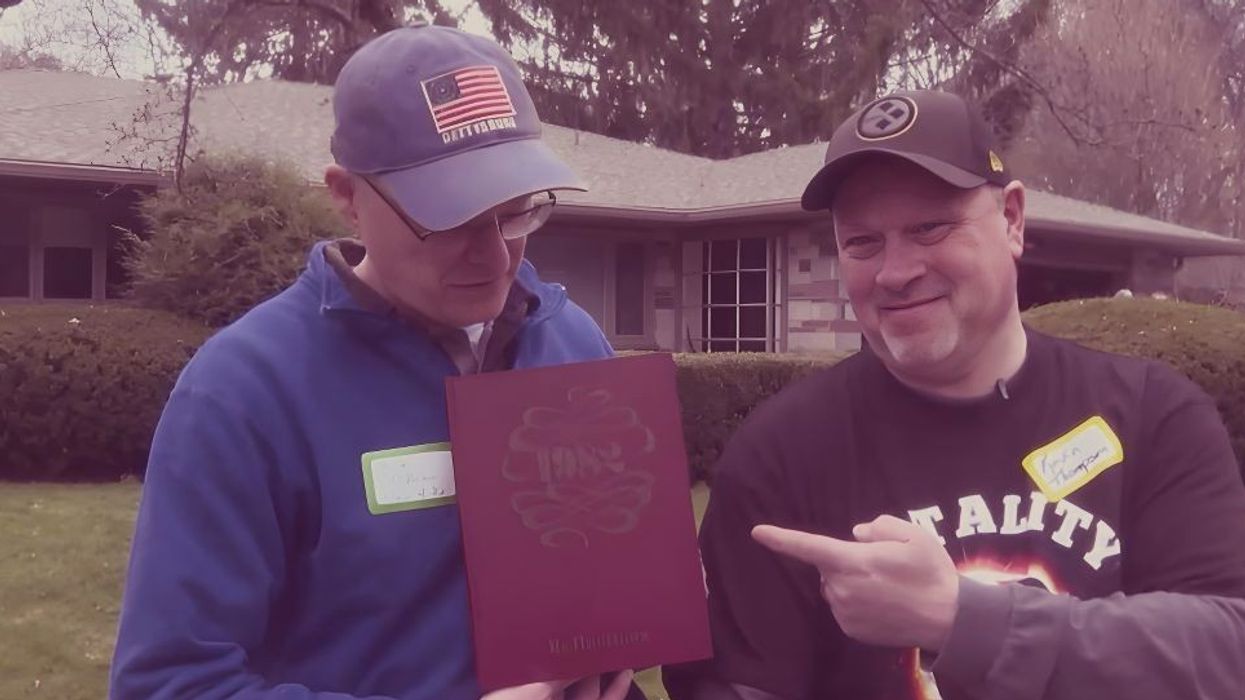 Two of Mr. Moriarty's students pose with their yearbook from 1982.WHAM via CNN / Video
Two of Mr. Moriarty's students pose with their yearbook from 1982.WHAM via CNN / Video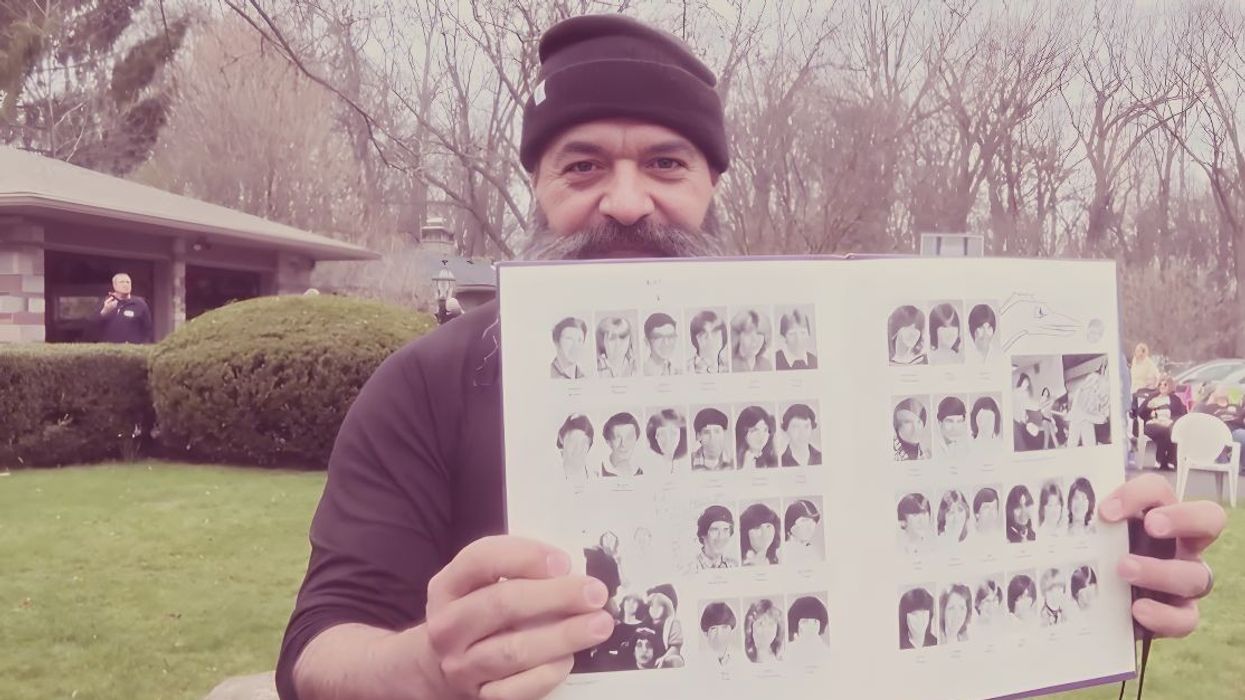 man holding a yearbookWHAM via CNN / Video
man holding a yearbookWHAM via CNN / Video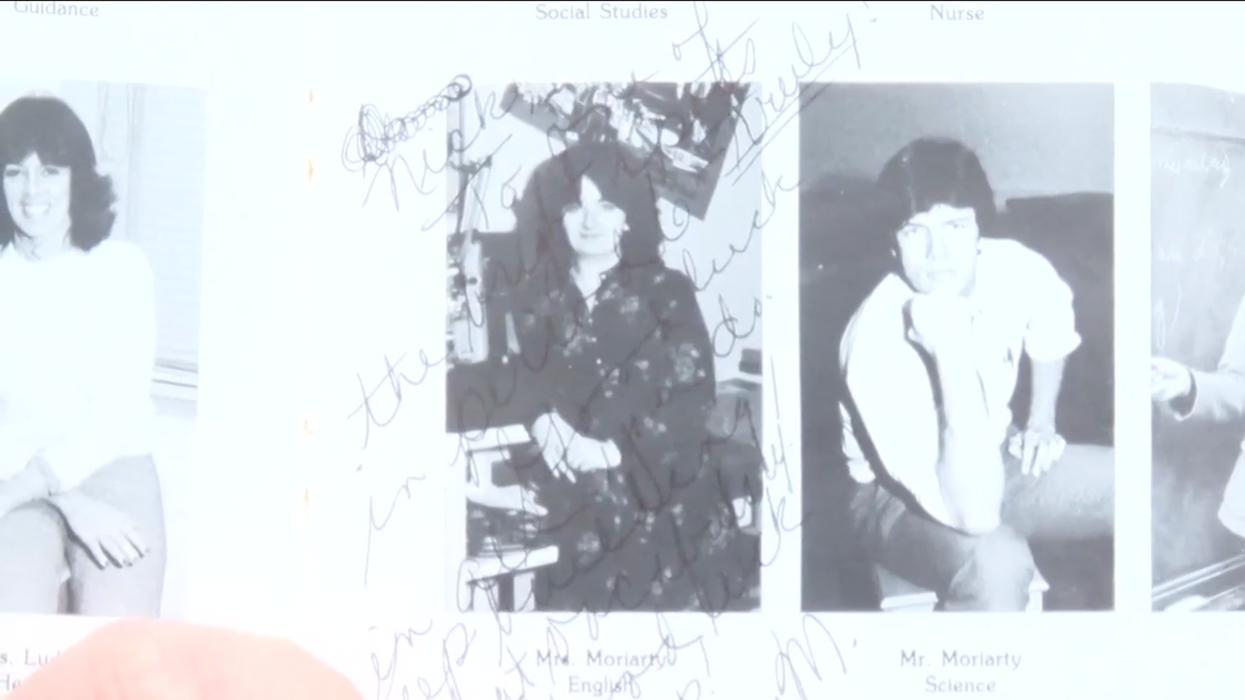 Black and white photos from school yearbookWHAM via CNN / Video
Black and white photos from school yearbookWHAM via CNN / Video Patrick Moriarty (center, blue shirt) and a group of his former students watched the solar eclipse together on Monday in New York.Caitlin Moriarty Hynick
Patrick Moriarty (center, blue shirt) and a group of his former students watched the solar eclipse together on Monday in New York.Caitlin Moriarty Hynick